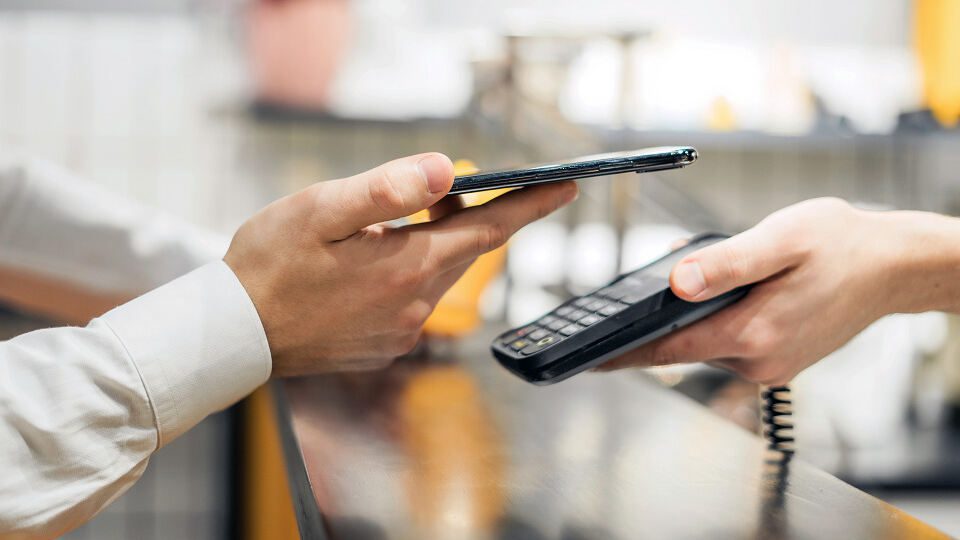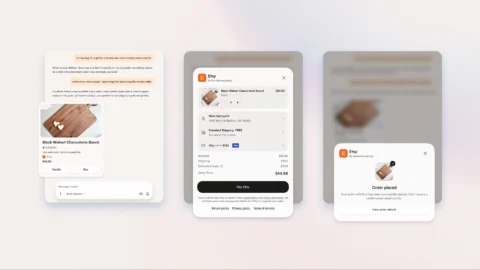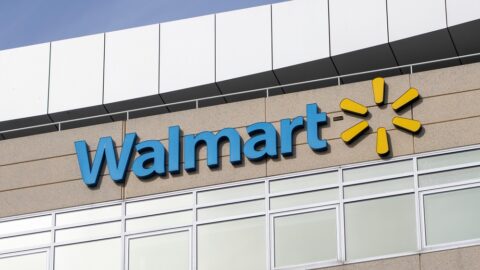As it did with many other aspects of retail, COVID-19 gave a major boost to touchless technology applications — and enthusiasm for these solutions will continue even after the pandemic has waned, according to Greg Buzek, Founder and President of IHL Group. “The desire is still there to do touchless, but for different reasons than COVID safety,” he said during a presentation at the 2021 retailX conference in Chicago. “Retailers had wanted to do this before as a way to save on labor costs.”
In fact, the current labor shortage is one of the big factors motivating the ongoing move to contactless, along with:
- Inflation raising product costs and wages;
- Product shortages due to clogged ports and other supply chain bottlenecks;
- Microchip shortages in all tech sectors, especially payment technology; and
- Customers seeking more friction-free shopping experiences.
Buzek, who has studied and quantified retail technology for decades, shared the top 10 contactless trends to watch for in the coming months and years.
1. Optimizing Customer Journeys
Contactless technologies such as RFID and other Internet of Things (IoT) applications can dramatically improve inventory accuracy, a key element of optimizing customer journeys: “Most retailers are losing as many as 8.2 margin points when their customers’ journeys are not optimized, but when they are optimized, they can recover about 70% of that margin loss,” explained Buzek.
2. Simplifying Checkout
In this case, “simplifying checkout” means embracing “self-checkout.” To prove the value of these experiences, Buzek cited results at retailer Sam’s Club, where stores that offered a self-checkout option registered sales 18% higher than those without it. Buzek forecasts very strong growth for these solutions during the next two years, with self-checkout rising 178%, contactless payment climbing 190% and payment via consumers’ mobile devices increasing 300%.
3. Electronic Shelf Label Growth
Buzek predicts an “explosion” in electronic shelf label (ESL) tech, in large part because they make it possible for retailers to perform Amazon-style dynamic pricing in brick-and-mortar stores. He noted that Best Buy added ESLs in some locations after COVID forced its stores to close, and that high-performing retailers as a group spend an impressive 843% more on ESLs than other retailers.
4. Pickup Locker Expansion
While these solutions have gained greater acceptance outside the U.S., particularly in Europe, Buzek is bullish on this technology, particularly as BOPIS continues to accelerate. He noted that retailers offering a pickup locker option have 25% more satisfied customers.
5. More Mobile Deployments for Store Associates and Managers
Mobile solutions empower managers to get out of stores’ back offices and onto the floor. They also help associates improve efficiency and better manage critical tasks such as checking inventory levels. These and other benefits will feed “massive increases in groceries, soft goods and the hospitality sector” for mobile deployments, explained Buzek.
6. Dedicated Spaces for BOPIS and Store-Based Fulfillment
Buzek foresees more retailers carving out as much as 20% of store floor space to create a “mini-Amazon” section stocked with top-selling items: “There are margin issues with BOPIS and store fulfillment, and you also have the online [shopper] competing with walk-in shoppers for items on the store shelf,” said Buzek. “These [second locations] take those shoppers out of the regular store’s aisles into a space that can be fully automated with robotics, floor to ceiling. We’re forecasting 700% growth over the next two years for these second locations with dedicated inventory.”
7. More Dark Kitchens
Over the next five years, QSR chain Wendy’s is planning to add 700 kitchens in converted shipping containers to support delivery. “This type of ‘cooked for delivery’ service is also happening in brick-and-mortar stores, where a customer could order items from a favorite restaurant at a kiosk that would be ready by the time the customer finished with their shopping trip,” said Buzek.
8. Voice Picking Applications
With many studies indicating that English is usually not the first language of workers performing picking operations, Buzek noted the strong potential for solutions that could operate in the natural language of each worker. “Retail ‘winners’ were already doing this at much higher levels than others, even before COVID,” said Buzek.
9. Optimizing Inventory Processes
“The battleground will be inventory accuracy, and the solutions include not just clean, accurate data but a culture change where people believe the data,” said Buzek. Even small moves toward greater accuracy will have dramatic impacts, since the total cost of inventory distortions has been estimated at $1.8 trillion worldwide, equivalent to both 10.3% of all in-store sales and the GDP of Canada. The majority (80.7%) of these losses are caused by out-of-stocks, with the remainder stemming from overstock costs.
10. Growth of Edge Technology Architectures
According to Buzek, retailers are “racing” to do more with edge computing, which pushes processing out to devices themselves as well as to shelves or other access points within a brick-and-mortar store. A key reason for this trend is that retailers are having difficulty managing all the data involved in current shopper journeys with their current technology architectures. “There’s a desire to move some of that data into the cloud, but others are seeking to move it into the edge,” he said. The advantage with edge architectures is that computing processes can “work as quickly as if the server itself is in-store with a 5G connection,” said Buzek. “Those already deploying edge architectures have seen higher sales in all their customer journeys.”













